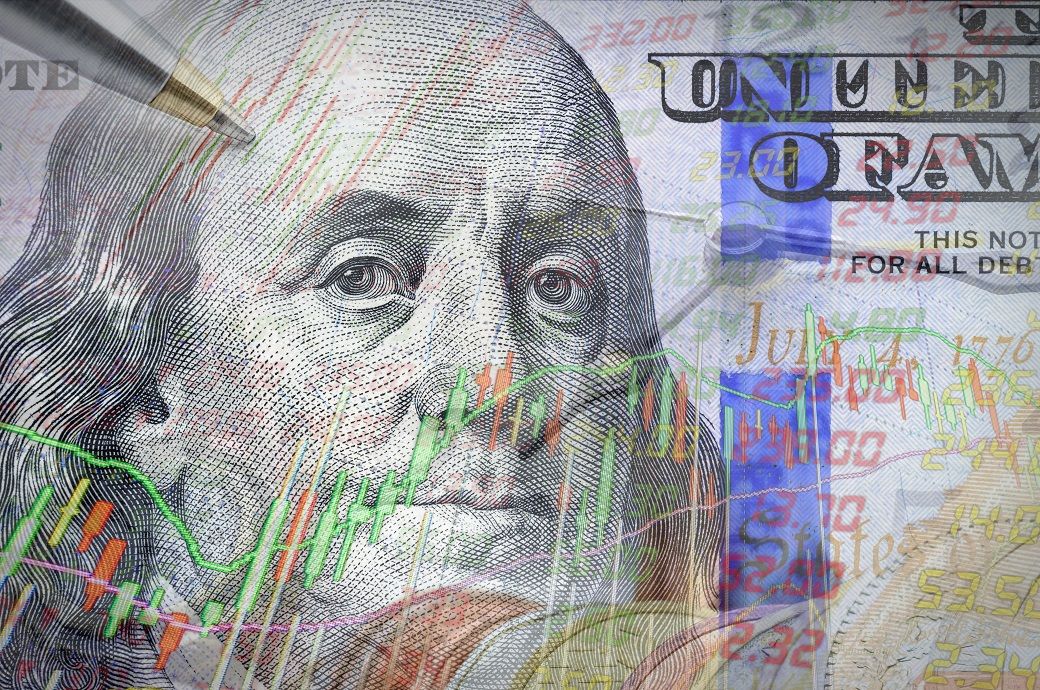
The increase in real GDP reflected increases in consumer spending, non-residential fixed investment, state and local government spending, private inventory investment, and federal government spending that were partly offset by decreases in exports and residential fixed investment. Imports, which are a subtraction in the calculation of GDP, decreased, the BEA said in a press release.
The increase in consumer spending reflected increases in both services and goods. Within goods, the increase was led by recreational goods and vehicles as well as gasoline and other energy goods. The increase in non-residential fixed investment reflected increases in equipment, structures, and intellectual property products. The increase in state and local spending reflected increases in compensation of state and local government employees and gross investment in structures. The increase in private inventory investment reflected increases in both farm and nonfarm inventories.
Compared to Q1, the acceleration in GDP in Q2 primarily reflected an upturn in private inventory investment and an acceleration in non-residential fixed investment. These movements were partly offset by a downturn in exports, and decelerations in consumer spending, federal government spending, and state and local government spending. Imports turned down.
Current-dollar GDP rose 4.7 per cent at an annual rate, or $305.2 billion, in Q2 to a level of $26.84 trillion. In Q1, GDP increased 6.1 per cent, or $391.8 billion.
The price index for gross domestic purchases increased 1.9 per cent in Q2, compared with an increase of 3.8 per cent in Q1. The PCE price index increased 2.6 per cent, compared with an increase of 4.1 per cent. Excluding food and energy prices, the PCE price index increased 3.8 per cent, compared with an increase of 4.9 per cent.
Current-dollar personal income increased $236.1 billion in Q2, compared with an increase of $278.0 billion in Q1. The rise primarily reflected increases in compensation (led by private wages and salaries), personal income receipts on assets (both personal interest income and personal dividend income), rental income of persons, and personal current transfer receipts (led by government social benefits).
Disposable personal income increased $248.2 billion, or 5.2 per cent, in Q2, compared with an increase of $587.9 billion, or 12.9 per cent, in Q1. Real disposable personal income increased 2.5 per cent in Q2, compared with an increase of 8.5 per cent.
Personal saving was $869.5 billion in Q2, compared with $840.9 billion in Q1. The personal saving rate—personal saving as a percentage of disposable personal income—was 4.4 per cent in Q2, compared with 4.3 per cent in Q1.
ALCHEMPro News Desk (NB)
Receive daily prices and market insights straight to your inbox. Subscribe to AlchemPro Weekly!